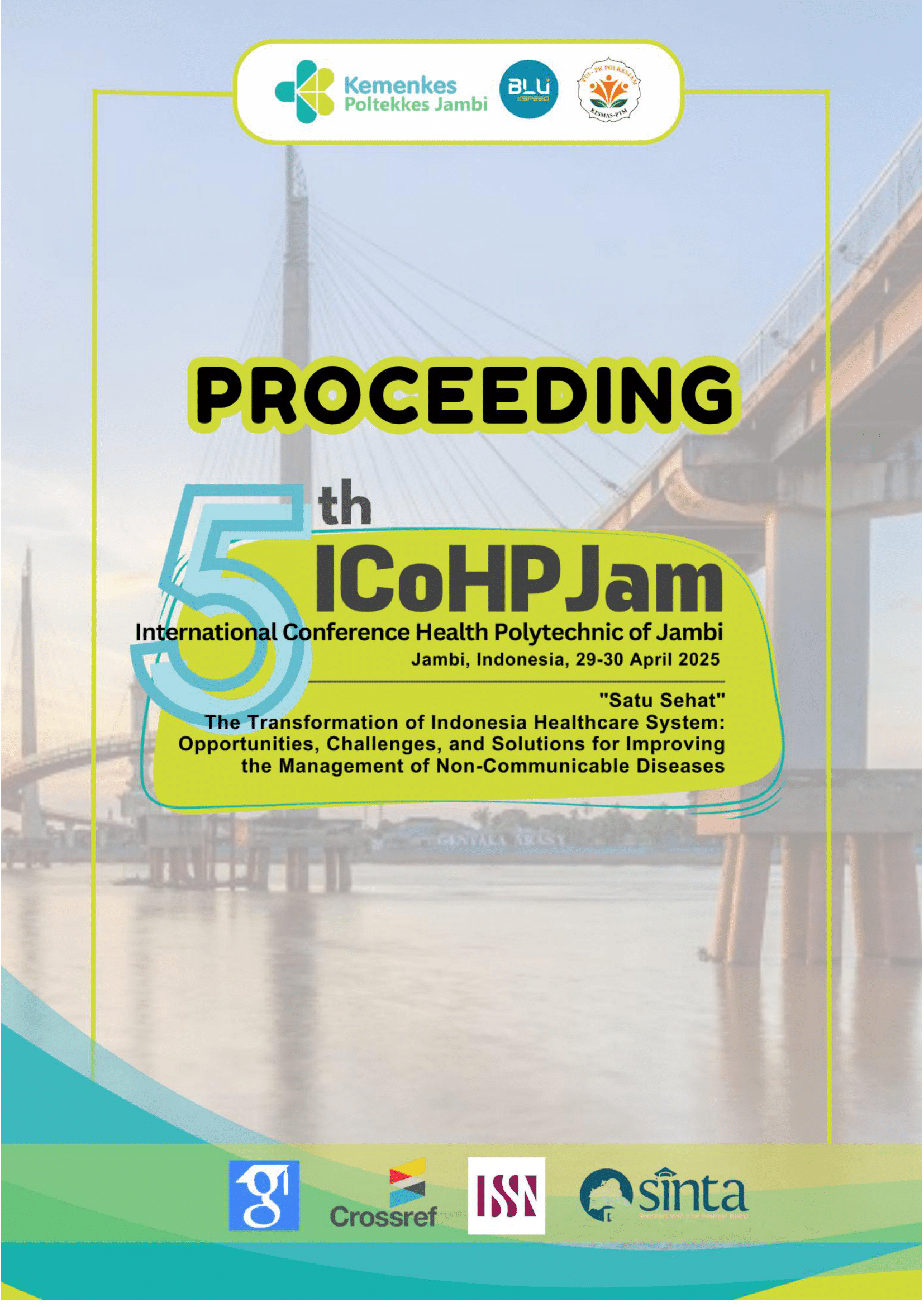The Relationship Between The Age Of Introducing Complementary Foods And The Prevalence Of Stunting, Wasting, Underweight In Toddlers In Indonesia
Abstract
Background: The toddler stage is a crucial phase in a child's growth that requires optimal nutritional intake. Nutritional issues such as stunting, wasting, and underweight continue to be health concerns in Indonesia. The provision of complementary foods at the right time is important to meet the nutritional needs of children.
Method: This study uses a cross-sectional design with secondary data from the 2023 Indonesian Health Survey covering all provinces, grouped by region areas. The independent variable is the age of introduction to complementary feeding, categorized into less than six months, six months, and more than six months. Meanwhile, the dependent variables are the prevalence of stunting, wasting, and underweight. The analysis was conducted using the Pearson correlation test after the normality test was fulfilled.
Result: Research results show that the introduction of complementary feeding at the age of six months is associated with a decrease in the prevalence of stunting and wasting. On the other hand, the introduction of complementary feeding after six months is associated with an increase in nutritional problems, and the introduction before six months does not show a significant relationship.
Conclusion: Six months of age is the ideal time for introducing complementary feeding to reduce the risk of stunting and wasting, as well as to support nutritional intervention efforts and health policies to reduce malnutrition among toddlers in Indonesia.



